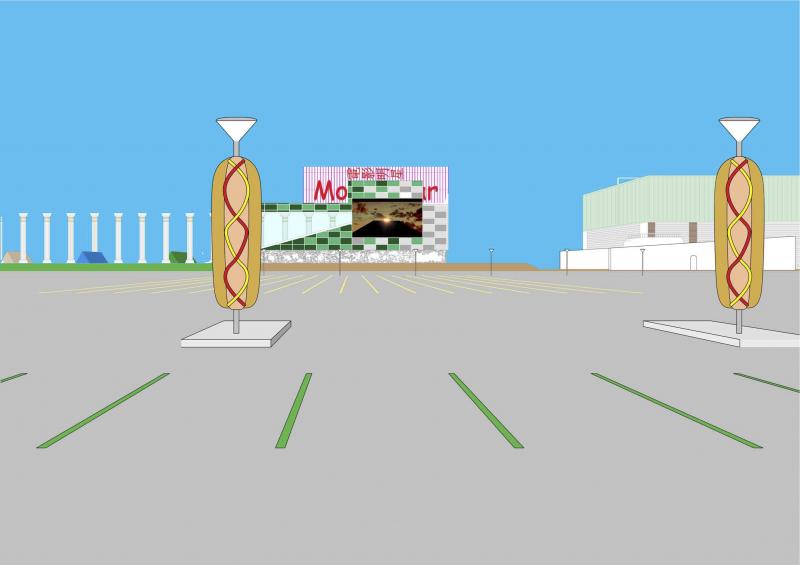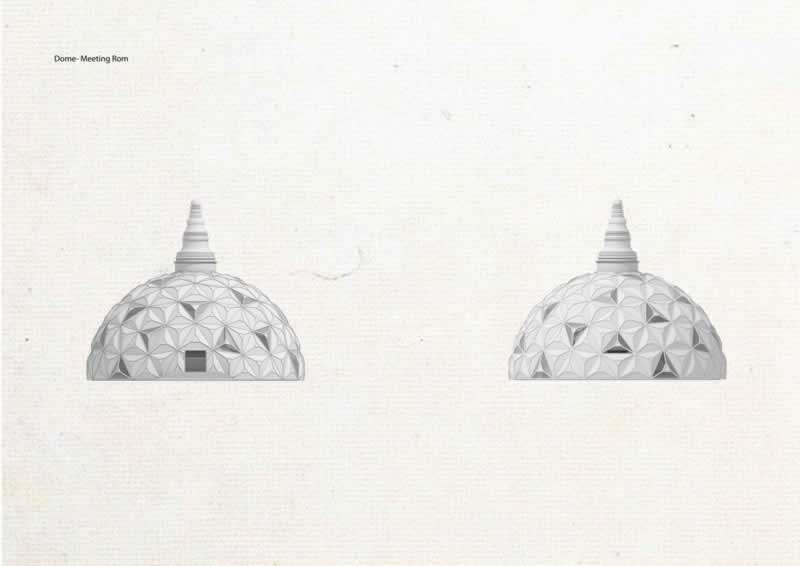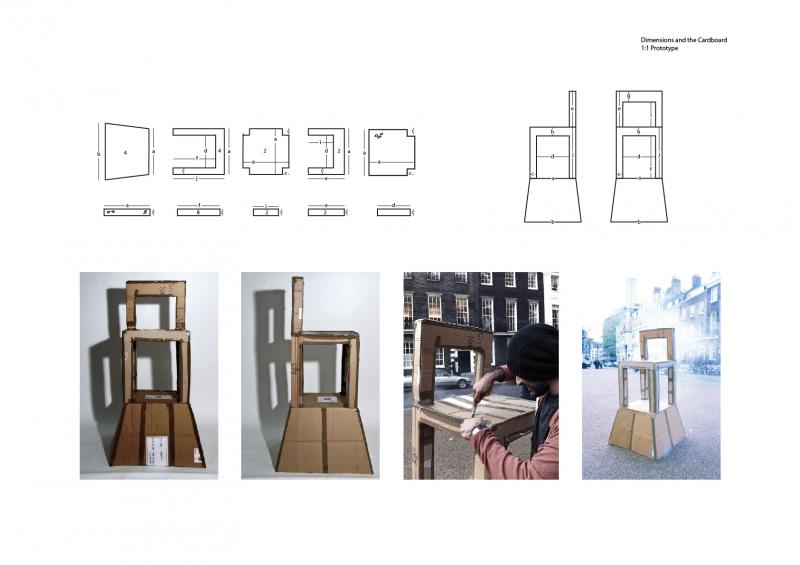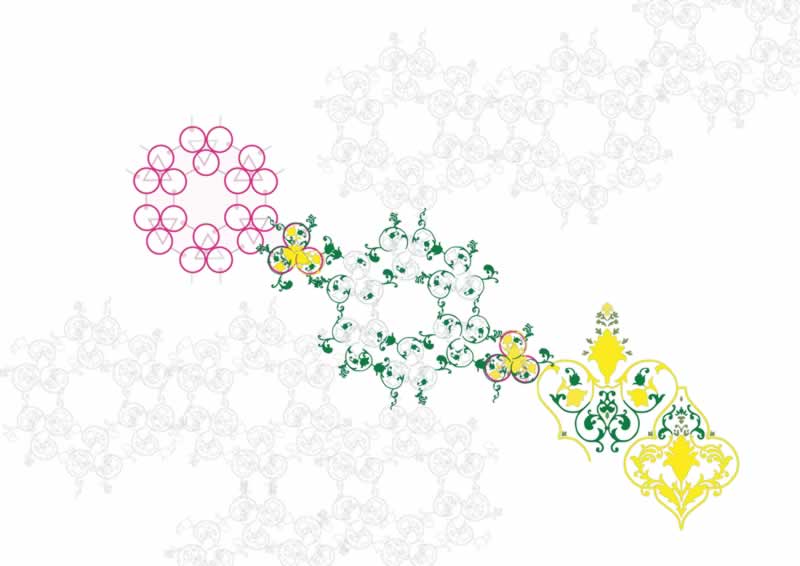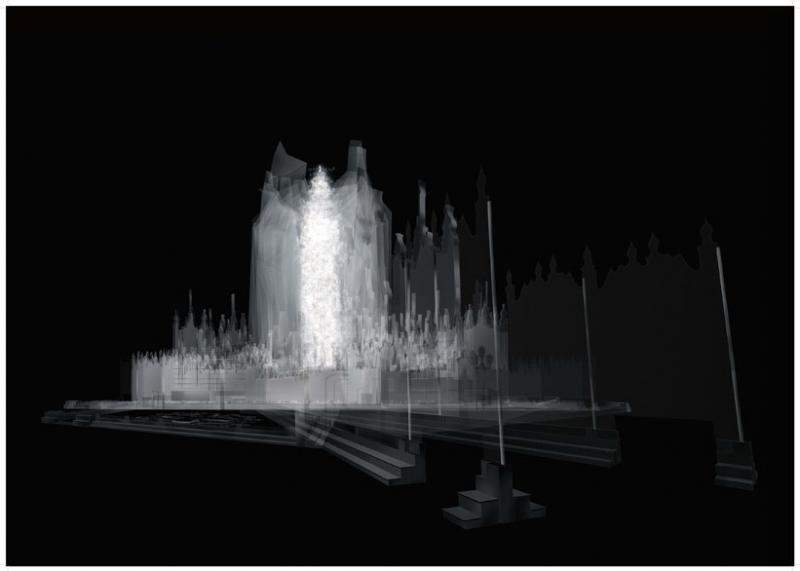This year’s programme has focused on the architectural re-enactment. The re-enactment poses specific problems for architecture and raises significant questions of architectonic time, space and materiality alongside familiar associations with shock, kitsch and humour.
The re-enactment encourages an architecture that is aware of its context and meaning. Reactive to cultural, historical, political and physical conditions, the unit projects have investigated how the re-enactment of form and event can refract history to shed different spectra on received narratives and develop new architectural positions.
Precedent research included Stari Most, a ‘cultural casualty’ of the Bosnian conflict that was subsequently reconstructed; Lascaux II, where a GRP model of prehistoric caves helps conserve the original from tourism; and a research trip to a 1:1 digitally fabricated facsimile of Tutenkhamun’s tomb in a warehouse outside Madrid.
Through categorising architectural photographs into sets including tourist, news and postcard images Hunter Devine shows how an architectural object is framed, edited and cropped by different constituencies. Later, the consequences of these different viewpoints are re-spatialised through techniques including the algorithmic processing of image data back into three dimensions.
Kate Finning’s study of the English translations of Le Corbusier’s Vers Une Architecture shows how translation creates multiple and conflicting versions of the original text. First translated as Towards a New Architecture, then later as Towards an Architecture, the insertion and subsequent deletion of ‘new’ alters both tone and intent. Has the act of translation bent the history of architecture through slippages in language?
The re-enactment’s impossible pursuit of total fidelity to the original opens gaps between the original and the re-origination. It is in this space that a set of alternative architectural narratives, possibilities and strategies can emerge outside of the thrills of novel formalism and original authorship that captivates contemporary architecture.
Thanks to
Shumon Basar
Matthew Butcher
Barbara Ann Campbell-Lange
Tom Coward
Oliver Domeisen
Lionel Eid
Liza Fior
Robin Jenkins
David Knight
Kieran Long
Adam Lowe
James O’Leary
Christopher Pierce
Christian Suau
Thomas Weaver
Ines Weizman
Helena Westerlind
UIC
.jpg)
